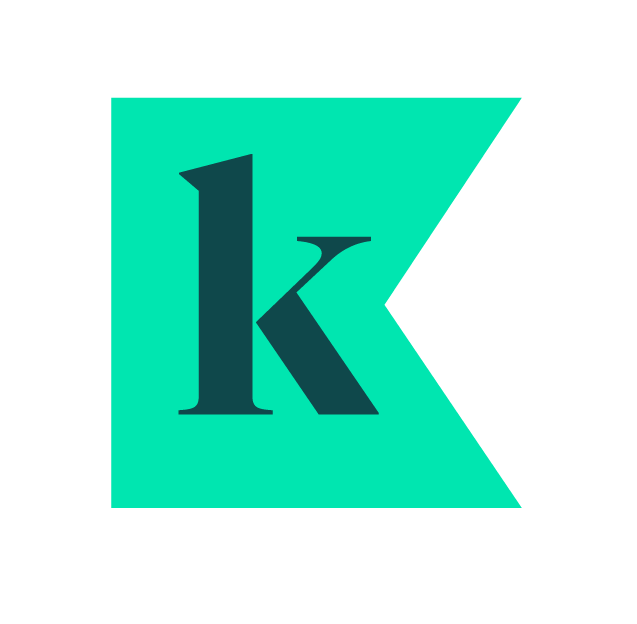In Part 1, we explored the challenges of BANI – a brittle, anxious, nonlinear and incomprehensible new reality. Now in Part 2, we’ll discuss practical steps you can take to adapt and thrive in the face of our BANI reality.
In an era increasingly defined by BANI, organisations have two choices: continue business as usual and risk eventual irrelevance or harness the power of organisational agility to stay ahead. Organisational agility, enabled through empowered teams, emerging technology, and digital know-how, can provide the capabilities needed to navigate volatility and ambiguity.
BANI describes the turbulence and uncertainty we now face. Understanding it helps leaders shape strategies and environments where people can thrive amid volatility. By aligning your team’s skills, technology, and approach with the demands of a BANI environment, you set your organisation on a path to thrive amidst the chaos.
Here’s how:
- Make Brittle structures flexible
- Reduce Anxiousness with agility approaches
- Embrace Nonlinear change dynamics with experimentation
- Get comfy with Incomprehensibility
Make Brittle Structures Flexible
Brittle means systems or structures that appear strong but can break suddenly without warning. Brittleness arises when efficiency is prioritised over resilience, components are tightly coupled and diversity is lacking.
Many traditional organisations are brittle because their operating models are oriented towards control – stability, not agility, is at their foundation.
If organisations are built around static roles and concentrated authority, when shocks arise, their structures and ways of working will funnel external pressures directly to the foundations, exposing their fragility. When circumstances are calm and linear, designing for control seems sensible – but in turbulent times, agility becomes critical for survival.
An operating model built around adaptability rather than control helps organisations withstand shocks because dealing with complexity and change is built into its foundations. At Kindred we call this approach designing for complexity.
Designing for complexity means re-thinking operating models to focus on outcomes enabled by fluid, multidisciplinary teams rather than rigid processes and static roles. This allows rapid reconfiguration as circumstances evolve. Guiding principles shape how work is done, not top-down rules.
The result is an operating model with agility hardwired into it. Dealing with unpredictable change becomes second nature, making organisations flexible, not brittle.
Practical ways you can start building agility into your operating model:
- Do some organisational network analysis and identify where unintentional silos exist
- Delegate some of your decision making rights to teams and people at the ‘coal face’
- Bring in an expert partner who can help you see your operating model in a new light
Reduce Anxiousness With Agility
Anxiousness arises from information overload, perceived lack of agency and fear of failure. It provokes reactive decisions and causes people to retreat into comfort zones and adopt passive mindsets.
Managing anxiety should be a leadership priority in the BANI world. Agility approaches can help leaders do this; from bolstering transparency (without over-communicating) to increasing autonomy for individuals and teams.
Transparency can combat confusion from information overload. Visualising work and storytelling can help people find signals amidst noise. Collaboration platforms can help to bake-in transparency when used consistently – they foster open communication and knowledge sharing.
Agile organisations produce greater autonomy. They empower teams to try new ideas and determine priorities without excessive governance – making people and teams more accountable for the decisions that impact their work, both increasing individual agency and reducing fear of failure.
Adopting practices that support agility and transparency can help you get a handle on anxiousness. Here are a few ideas to get you started:
- Speak to your people and try to understand where barriers to autonomy currently exist
- Visualise your work using digital tools to increase transparency
- Use our free Leadership for Agility diagnostic to take stock of your agility environment (comment below if you’d like access to this)
Embrace Nonlinear Change Dynamics With Experimentation
Nonlinearity arises when small actions yield huge reactions, or big efforts flop – cause and effect grow unpredictable. Black swan events, butterfly effects and tipping points represent nonlinear change.
COVID-19 demonstrated this kind of volatility – a nonlinear event catalysing sudden, seismic shifts. When disruptions invalidate plans overnight, traditional forecasting falls short. In a nonlinear world, long-term roadmaps become dubious. Scenario planning, systems thinking and experimentation take priority.
Experimentation is a way to adopt practices that support greater agility. It allows new approaches, tools and tactics to be tested and find what’s best suited to organisations’ specific contexts. Experiments enable small and frequent improvements through constant iteration – a mindset of “thoughtful doing” emphasises testing ideas quickly in the real world to accelerate learning over excessive planning.
Experimentation facilitates continuous learning, instils a growth mindset and builds the dexterity to quickly adapt. Which amounts to organisational agility – allowing you organisations to rapidly adapt as they navigate nonlinear change and capitalise on the opportunities that arise.
Here are a few ideas to get you started on your experimentation journey:
- Establish “safe to try” sandbox environments for teams to conduct experiments
- Allocate resource for experimentation; time, budget and leadership interest
- Find an Agile Coach to help you deliver a planned project as a series of experiments
Getting Comfy with Incomprehensible Complexity
Incomprehensibility arises when overwhelming complexity makes grasping the big picture impossible. Intricate interconnected systems with opaque logic defy human sense-making. In the face of such profound ambiguity, forecasting falls short.
Advanced analytics and AI have promised to make the world more comprehensible. But more data leads to more noise. Important signals become obscured. While total comprehension is impossible, what organisations can do is get comfortable with ambiguity.
Mindsets like curiosity, vulnerability and non-judgement enable people to persist amid complexity and confusion, and fostering psychological safety helps failure become learning. Techniques like sense-making, visualisation and storytelling can help find meaning amidst the chaos. Transparency and collaboration are needed to help simplify and cut through the complexity.
Collaboration helps the power of collective intelligence come to the fore. No single mind can capture the vastness of our interconnected reality, but when many minds come together, the picture becomes clearer. Collaboration not only dispels the fog of confusion but amplifies insights and creates a mosaic of understanding.
In the midst of overwhelming complexity, many brains can connect dots when one brain alone would drown.
Ways to get more comfortable with incomprehensible ambiguity:
- Foster curious, not knowing mindsets
- Visualise systems and share stories
- Read “The Fearless Organisation” to get under the skin of psychological safety
Thriving with Organisational Agility
In a BANI world, resilience demands empowered people, adaptable structures and open cultures. Rigid institutions cling to what worked yesterday, unable to comprehend, let alone master, the challenges of tomorrow.
Organisational agility unlocks possibility amid volatility. By equipping people, redistributing authority and embracing exponential learning, organisations can harness the chaotic energy of the BANI world and channel it into finding solutions. Adopting an agile mindset means cultivating a culture where experimentation is the heartbeat, where fluidity in design empowers rapid adaptation, and where the agility of processes ensures resilience in the face of constant change.
The BANI world represents the new normal of constant turbulence and uncertainty that organisations face. The future belongs to organisations that can decentralise authority, pivot quickly and respond to customers’ changing needs – keeping them relevant.


